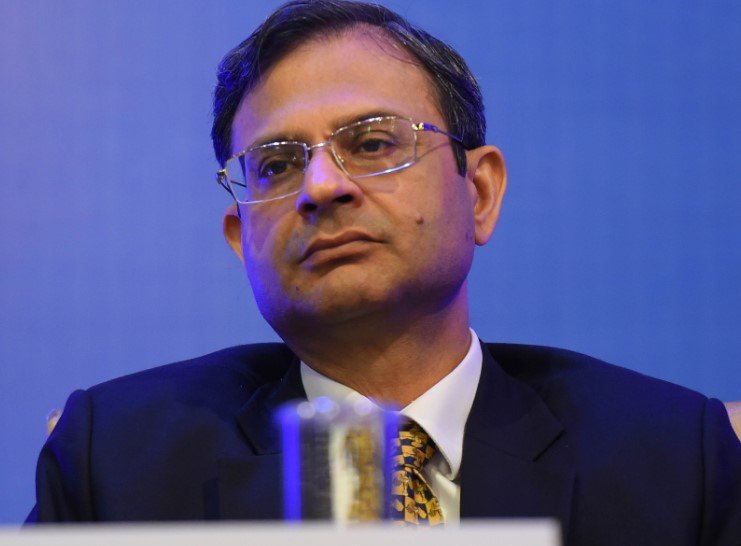Reserve Bank of India Governor Sanjay Malhotra stated that regulators should not replace bank board decisions, speaking at a major banking event in Mumbai on November 7, 2025. He highlighted financial stability as the central bank’s top priority while discussing recent reforms aimed at boosting bank operations without risking safety.
Malhotra’s Core Message on Regulation
In his address at the SBI Banking and Economics Conclave, Malhotra made it clear that Indian banks have grown stronger over the past decade. He pointed out that the RBI aims to avoid micromanaging, allowing banks more room to make their own calls on loans, deposits, and deals.
This approach stems from the belief that each banking situation varies, and a single rule cannot fit all cases. Malhotra noted that giving banks freedom encourages innovation and better risk handling.

He also touched on past challenges, like the twin balance sheet issues after the global financial crisis. Those events showed how loose rules can lead to big problems, reinforcing the need for careful oversight.
Financial Stability as the Guiding Principle
Malhotra described financial stability as the RBI’s “North Star,” warning that chasing quick growth at its expense can harm the economy in the long run. Studies back this up, showing that instability can erase short-term gains and slow recovery.
He explained the trade-off between stability and efficiency, saying regulations come with costs but are vital. The RBI’s recent moves balance growth with protection, ensuring banks stay healthy while expanding.
This focus comes amid a stronger Indian economy, with banks showing better resilience. Malhotra praised steps like asset quality reviews and bank mergers that have cleaned up the sector.
- Key benefits of stability: Protects long-term growth, reduces risks from over-leveraged firms, and supports steady credit flow.
- Potential downsides: Strict rules might slow innovation, but Malhotra argues the RBI minimizes these costs.
Details of October Reforms
Last month, the RBI rolled out 22 measures to ease banking norms. These include allowing banks to fund company acquisitions, a big shift that aligns with global practices.
Malhotra clarified that this helps redirect funds to productive uses, but with safeguards like capping bank funding at 70 percent of deal value. Other changes raise limits on loans against shares and update rules for expected credit losses.
These reforms reflect a cautious yet bold stance, pushing back some earlier proposals that could have hurt credit flow. For instance, delays in liquidity coverage ratios give banks breathing room.
Experts see this as a response to current economic needs, with India’s banking system now boasting low non-performing assets and strong capital buffers.
| Reform Area | Key Change | Expected Impact |
|---|---|---|
| Acquisition Financing | Banks can now fund deals up to 70% of value | Boosts mergers, aids resource allocation |
| Loans Against Shares | Higher lending limits for individuals | Increases market liquidity, supports investors |
| ECL Framework | Draft norms for better provisioning | Improves risk management, reduces future losses |
| ECB Rules | Tightened for speculative projects | Ensures funds go to real economy needs |
Impact on Banks and Economy
Banks like State Bank of India have transformed, with improved health metrics. Malhotra highlighted how these reforms let larger banks drive growth while keeping risks in check.
The changes could accelerate credit to key sectors, supporting India’s push for higher GDP growth. However, he stressed ongoing caution to avoid past mistakes like high bad loans.
In a broader view, this ties into global trends where central banks balance easing with stability, especially after events like recent rate cuts by other nations.
Public sentiment on social platforms shows support for these moves, with many praising the RBI for focusing on ease of credit amid economic slowdown fears.
Looking Ahead for Indian Banking
Malhotra’s comments signal more reforms ahead, calibrated to match India’s diverse needs. He urged banks to use their maturity wisely, experimenting within safe bounds.
As the economy strengthens, these steps could lead to more resilient financial systems. Observers expect the RBI to monitor impacts closely, adjusting as needed.
What do you think about these banking changes? Share your views in the comments and pass this article along to spark discussions.
